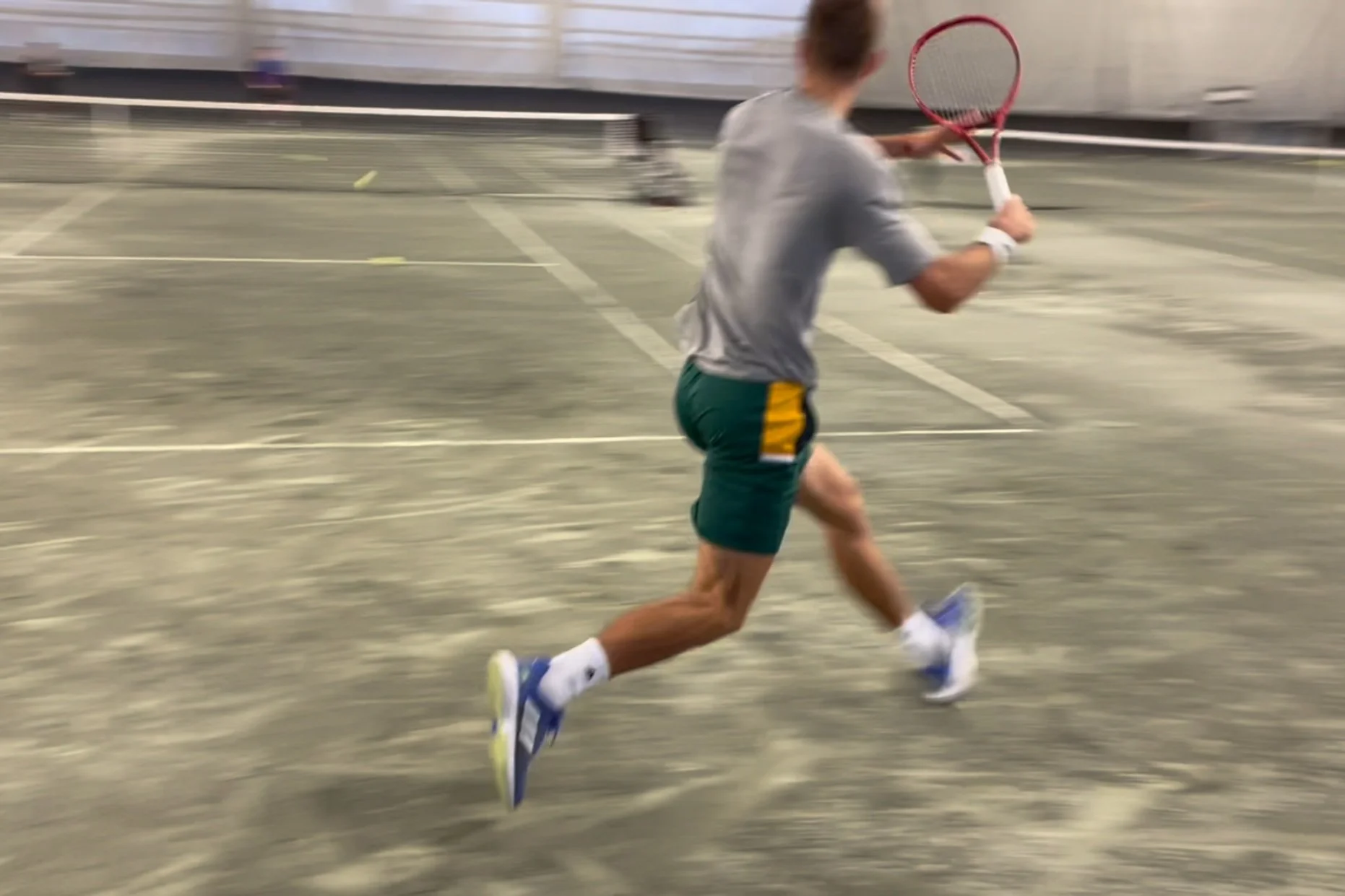If you’ve read my blog in the past, you’ve likely seen my post on attentional focus cues - and the research + implementation that goes along with it.
You may have also read my take on the importance of cueing in general. And why the right cue - given at the correct time - is often more impactful than the perfect drill (although combining the right cue with a great drill is a recipe of success).
A tennis match is characterized by intermittent exercise, alternating short (4–10 second) bouts of high intensity and short (10–20 second) recovery bouts, interrupted by several periods of longer duration rest (60–90 seconds). The running activities of players encompass high accelerations and decelerations but low velocities reflecting the intermittent play involved in tennis, which does not allow high velocities to be reached (Hoppe et al, 2014).
I’ve previously written about the split step and it’s importance to successful movement - and ultimately, shot execution - in tennis. But do we truly understand what factors contribute to an effective split step? Why we should devote serious attention to it? Or even more, how to best train it?
Before we get into the details, you should know that there are 3 primary components that make up the split step:
Wouldn’t it be great if we had a step-by-step recipe when it came to building the ultimate tennis champ? Just add 10 years of skill training, a half-decade of physical development and a sprinkle of mental skills...and voila, a world-class player, just like that!
Jokes aside, the topic of ‘what it takes to get to the top’, is eternally interesting. Whether you’re a coach, parent or athlete, achieving high levels of success in your chosen sport, is often a lifelong dream. The odds, however, are stacked against us all.




